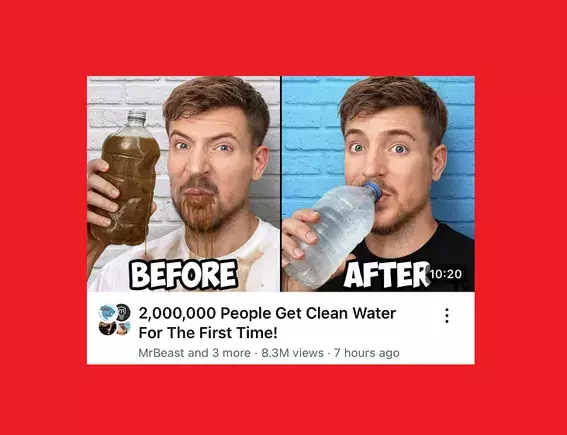YouTube’s latest experiment with displaying collaborators directly on video titles marks a significant evolution in how content creators share the spotlight. While collaborations have long been a staple of digital content—especially on platforms like TikTok and Instagram—integrating collaborator visibility directly into YouTube’s interface signals a strategic shift toward fostering transparency and shared success. Rather than merely tagging contributors in descriptions or end screens, this new feature physically places partner channels alongside the primary creator’s identity, reinforcing the importance of cooperative efforts in building robust online communities.
The technical implementation—showcasing avatars stacked beside the video title or within creator listings—makes collaborations more prominent and instantaneously recognizable. This visual prominence allows viewers to immediately grasp the interconnectedness of content creators, encouraging a culture of mutual promotion. The “see more” option, which expands to reveal full collaborator lists, offers flexibility—preserving aesthetic simplicity while still providing detailed attribution. From a user perspective, this enhanced visibility can boost discoverability for smaller channels linked with bigger personalities, fostering a more equitable environment for emerging creators to grow their audiences.
Bridging the Gap Between Promotion and Relationship Building
This feature aligns naturally with YouTube’s broader strategy of nurturing creator communities and incentivizing collaboration. Historically, creators have relied on description links, cross-promotional shout-outs, or end-screen prompts to boost visibility for partners. However, these methods are often passive and might be overlooked by viewers. Embedding collaboration recognition directly into the title frame or thumbnail area captures immediate attention, creating a more organic form of endorsement.
Furthermore, the new system offers content creators a streamlined way to showcase alliances—transforming collaboration from a discreet marketing tactic into a visible badge of partnership. Such transparency not only benefits the creators involved but also enhances viewer trust; audiences seem to gravitate toward content that demonstrates genuine collaboration rather than superficial branding efforts. The potential for increased traffic becomes reciprocal—collaborators are more likely to share a video if they know their involvement is prominently acknowledged, boosting the reach for all parties involved.
Implications for the Future of Content Ecosystems
By adopting a feature reminiscent of social media profiles that highlight partnerships, YouTube is indicating a future where the platform actively supports networked content creation. This move is more than cosmetic; it signals a recognition that collaboration is a fundamental aspect of modern digital culture that deserves structural prominence. If widely adopted, it could inspire a shift toward more integrated, mutually beneficial creative ecosystems, where channels see collaboration prominence as an essential marketing and community-building tool.
While critics might argue that such features could lead to oversaturation or superficial collaborations, the opportunity for meaningful engagement remains. Creators who genuinely partner can now leverage the platform’s design to bolster their credibility and reach. As YouTube continues to refine and expand this feature—potentially making it a default aspect for all channels—the platform might start to resemble a collaborative web of interconnected creators, emphasizing collective growth over individualism. This could redefine not only how videos are made and promoted but also how creators view their ongoing relationship within the YouTube community.

